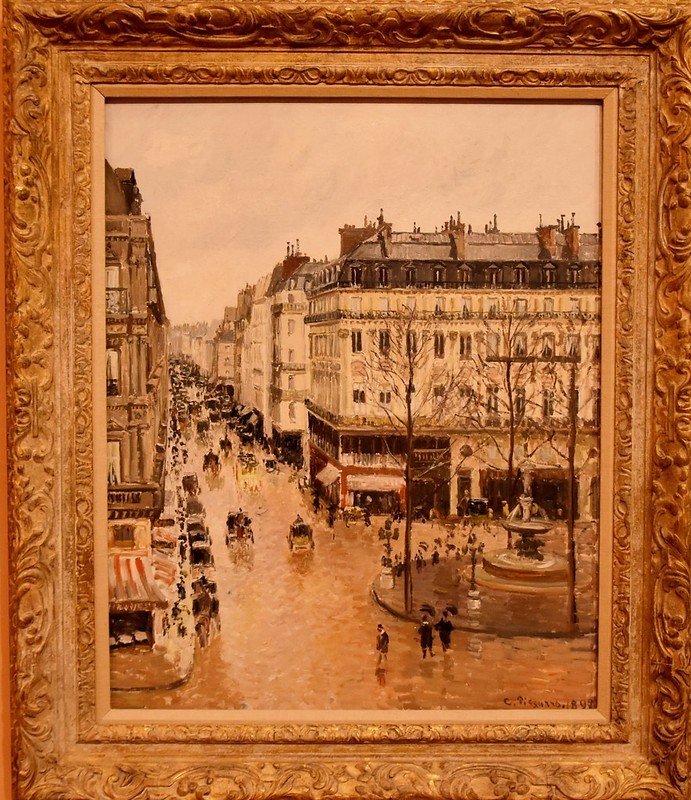The US appeals court has ruled in favor of Madrid's Thyssen-Bornemisza Museum in terms of having the right to keep the Nazi-stolen painting made by the famed Danish-French impressionist Camille Pissarro.
This new development happens at the tail-end of an exhaustive decades-long case over the piece's ownership rights launched by the Jewish heirs of Lilly Cassirer Neubauer, the original owner of the 1987 painting "Rue Saint-Honoré in the Afternoon, Effect of Rain."

What Led to the Ruling on the Pissarro Painting Case
Published last Tuesday, Jan. 9, the decision of the United States Court of Appeals for the Ninth Circuit was unanimous among the presiding judges.
However, one of the arbiters expressed that she had hoped Spain would have sorted the issue itself in a separately published opinion on the legal matter.
"Sometimes our oaths of office and an appreciation of our proper roles as appellate judges require that we concur in a result at odds with our moral compass. For me, this is such a situation," said Judge Consuelo M. Callahan.
The painting, depicting a rain-soaked scenery within a Parisian street, was hung for decades on the walls of the Cassirer family's Berlin and Munich estates, following its acquisition from a tête-à-tête sale with Pissarro's art dealer.
This would change in 1939, as Lady Cassirer endeavored to evade the mounting Nazi persecutions of the time, endeavoring to obtain exit visas for her and her family. Eventually, she succeeded in doing so in exchange for giving up the Pissarro piece.
Then, an appraiser appointed by the Nazis gave the painting a measly valuation of $360, which was received by a blocked account the Cassirer family did not have access to.
The Case Launched by the Cassirer Family
According to Cassirer's heirs, she had dedicated years of her life to locating the lost oil-on-canvas masterpiece and refused to relinquish her right to enforce its return.
As for the painting, it changed hands over time and eventually landed in the collection of Baron Hans Heinrich Thyssen-Bornemisza, who then handed it to the Spanish government following a purchase made by a state-endorse non-profit organization.
The $338 million sale was for a large chunk of the Baron's collection, which included the Pissarro painting, all of which were consequently showcased at a museum that eventually bore the Thyssen-Bornemisza name.
One of Cassirer's grandchildren Claude then found out in 2000 that the Madrid institution had the long-sought-out painting. After the museum denied the heir's request for its return, the lengthy legal conflict began. Currently, the piece itself is valued at $30 million.
The ruling made last Tuesday was based mainly on the precedent of the court's specific definition of ownership, which entails such possession to take place throughout an unimpeded six years.